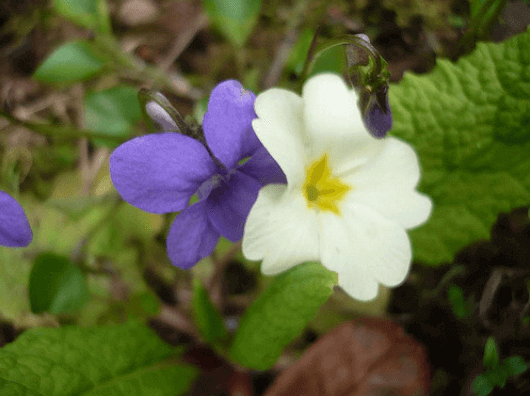
Photo via dichohecho (Flickr)
The short month of February has two beautiful birth flowers: the violet and the primrose. This pair of delicate flowers serves as a reminder to me that spring will be arriving soon. Each February, I like to throw a “soon-to-be-spring party” for my friends. I always put a purple tablecloth on my dining room table along with several vases of violets. They give a springy feel to my entire apartment. So for my blog this week, I did a little research to learn more about these two February blooms. Enjoy!
The Violet
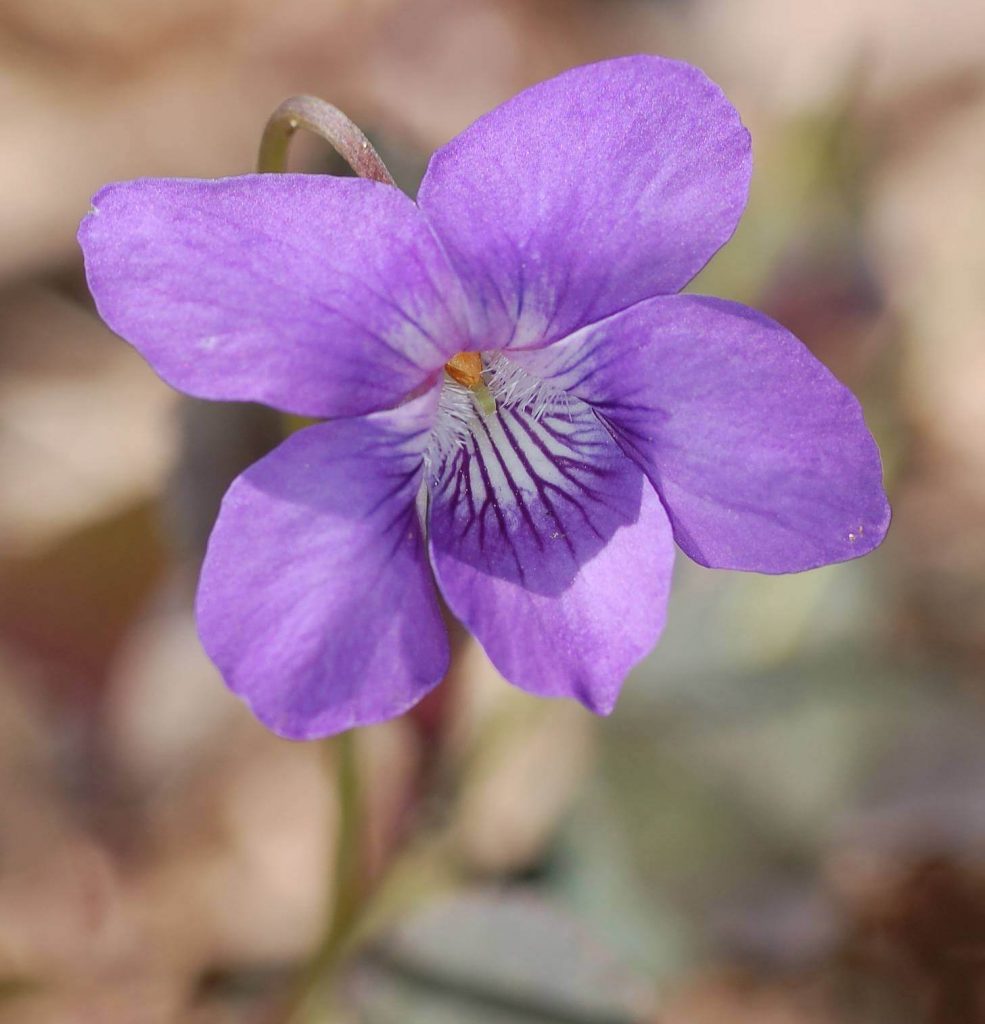
Photo via http://ow.ly/XWDtC
A Look at the Violet
There are more than 400 species of this flower. Violets are found in a variety of places, such as Australia, Hawaii, and even in the Andes of South America. In the United States, violets can be seen growing in gardens from Maine to Florida. The history of the violet goes back to the year 500 B.C. in ancient Greece. Greeks and Romans used the heart-shaped petals of these flowers to add fragrance and flavor to food and wine.
Colors of Violets
True to their name, many violets are solid dark purple or lavender in color. They can also be found in yellow and white. Some violets have white and lavender stripes, while others have white petals with spots of color. The variety of colors and designs is what makes these blooms so fascinating.
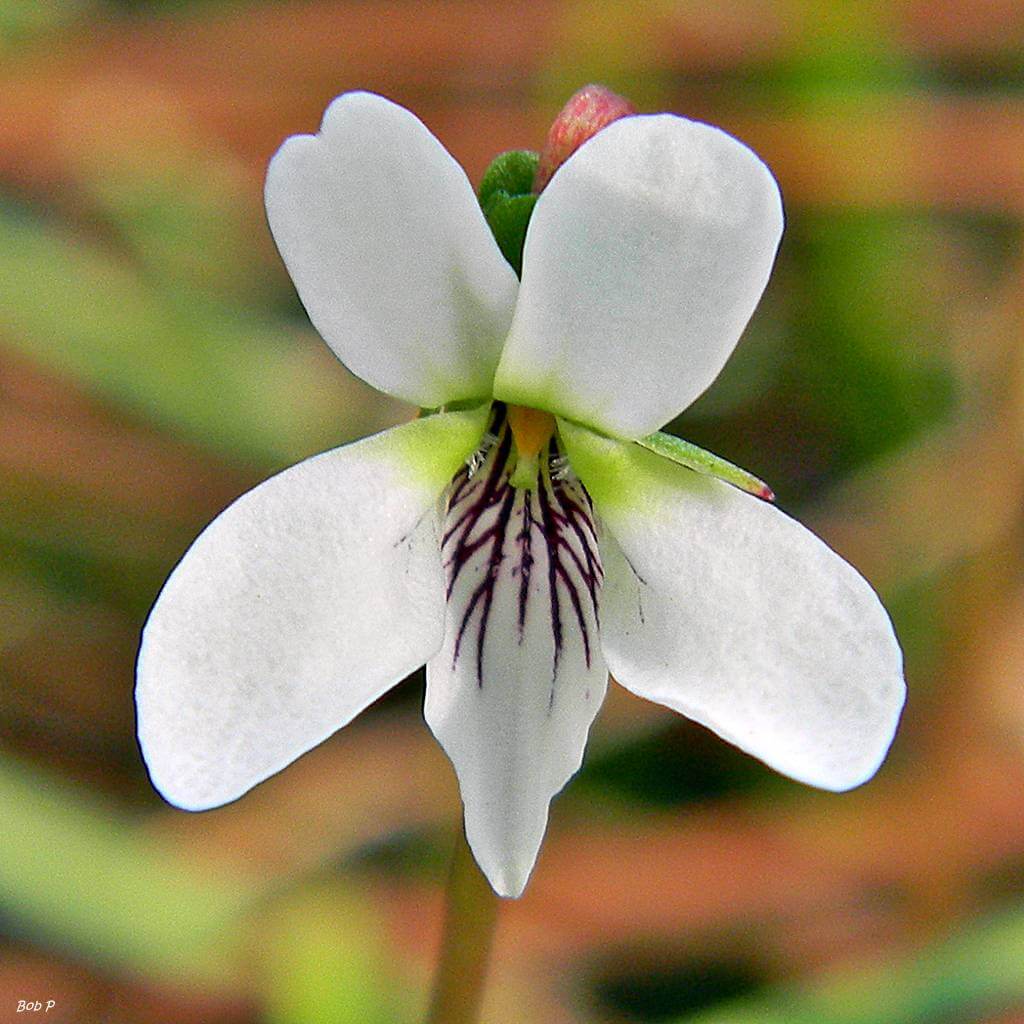
Photo via http://ow.ly/XWE2k
Caring for Violets
Violets grow best in moist, well-drained soil. They are hardy flowers that flourish in partial shade. Be sure to plant your violets about four to eight inches apart so they have plenty of space to grow. Occasionally, check your violets for dead blooms so you can pinch them off to prompt new growth. These flowers need a moderate amount of water to grow.
Fun Facts About Violets
- The ancient Greeks considered violets to be a symbol of fertility.
- Violets have played a part in many famous works of art and literature, including Percy Shelley’s poem On a Faded Violet.
- Wearing a necklace of violets was once believed to cure headaches.
The Primrose
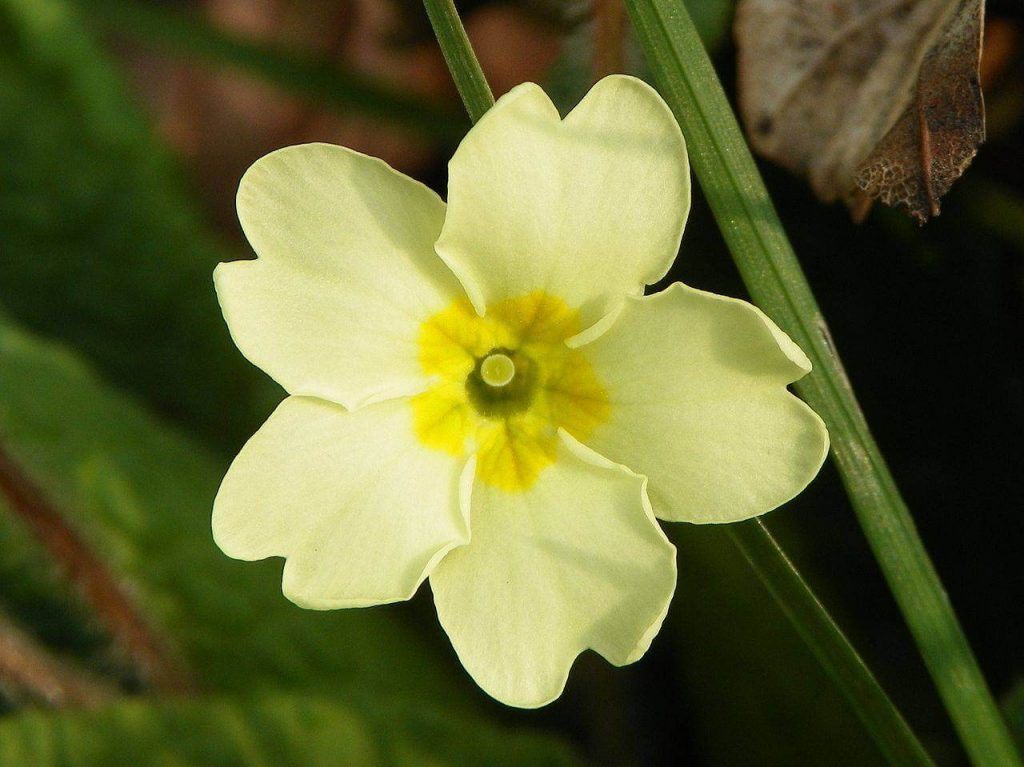
Photo via http://ow.ly/XWFH0
History of the Primrose
This bloom gets its name from the Latin word “primus,” which means “early.” The primrose is one of a few flowers that appears early on in the springtime. These flowers were first found in Europe growing in cool, mountainous areas.
The Appearance of the Primrose
Primroses can be found in red, pink, white, yellow, orange, purple, and blue. These flowers feature a prickly stem and a gathering of green leaves with jagged edges. Primroses can grow to be just a few inches tall or reach a height of 20 inches.
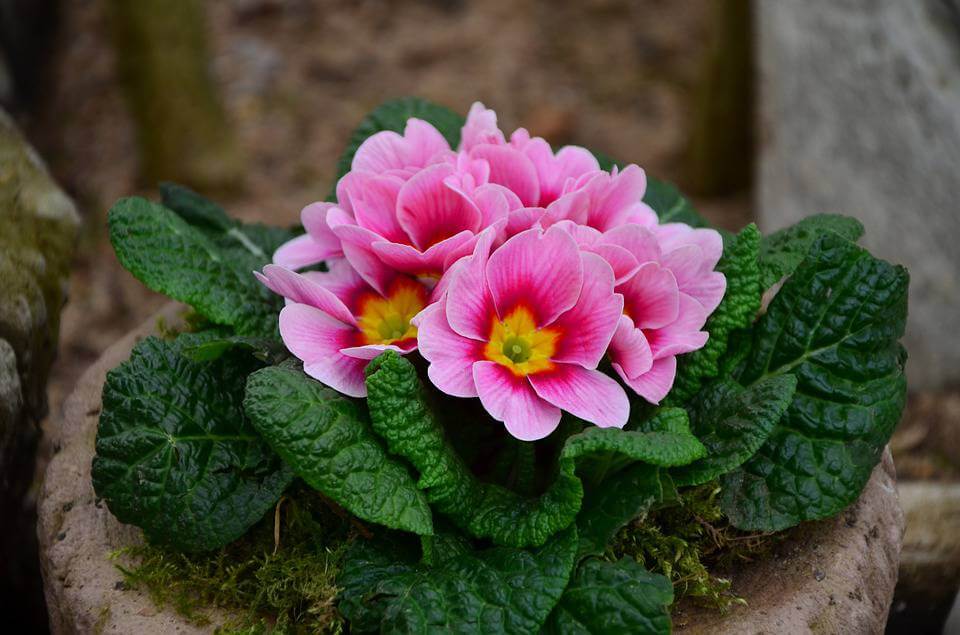
Photo via http://ow.ly/XWG7K
Caring for Primroses
Primroses should be planted in well-drained soil where they can enjoy a small amount of shade. Pruning dead leaves from your primroses helps the flowers to flourish. It’s a good idea to leave about six to 12 inches between these flowers so they have enough space to spread out. Putting mulch around the flowers’ roots can keep moisture from escaping. Be sure to give your flowers a thorough watering after putting them into the ground.
Fun Facts About Primroses
- Primrose leaves are sometimes used as an ingredient in tea as well as in salads.
- April 19th is Primrose Day in the U.K.
- Primroses are a supply of food for many types of butterfly larvae, including the Duke of Burgundy butterfly.
Be sure to keep your eyes peeled for colorful violets and primroses this February!
![[Avas Flowers] Avas Flowers](https://www.avasflowers.net/newimg/avas-logo-new.png)
